Land of flowers … Land of diversity

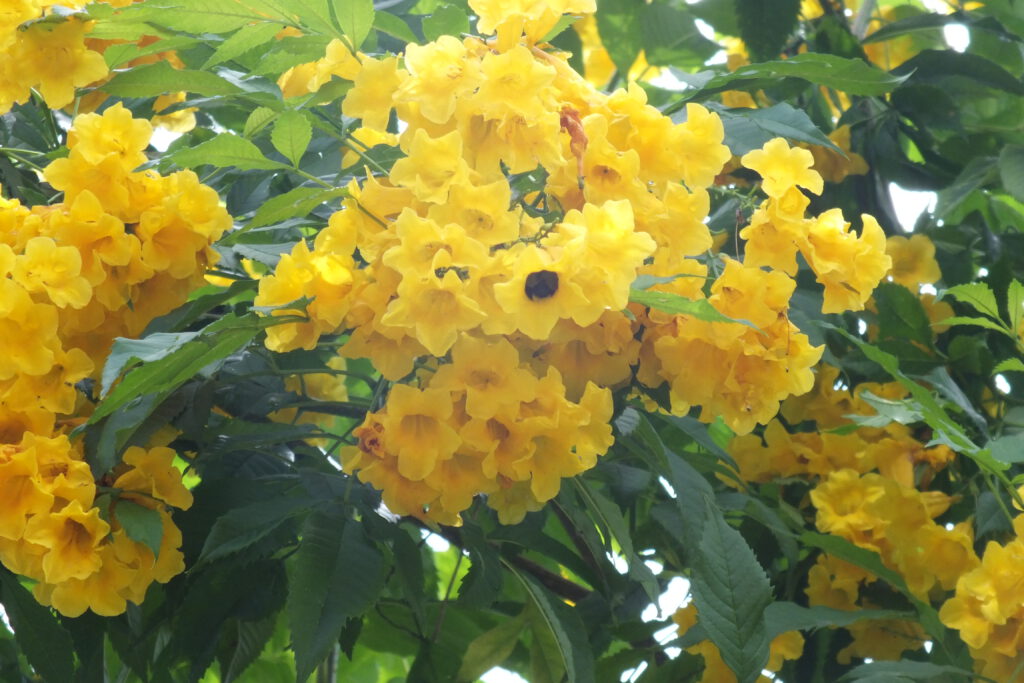
Land of flowers
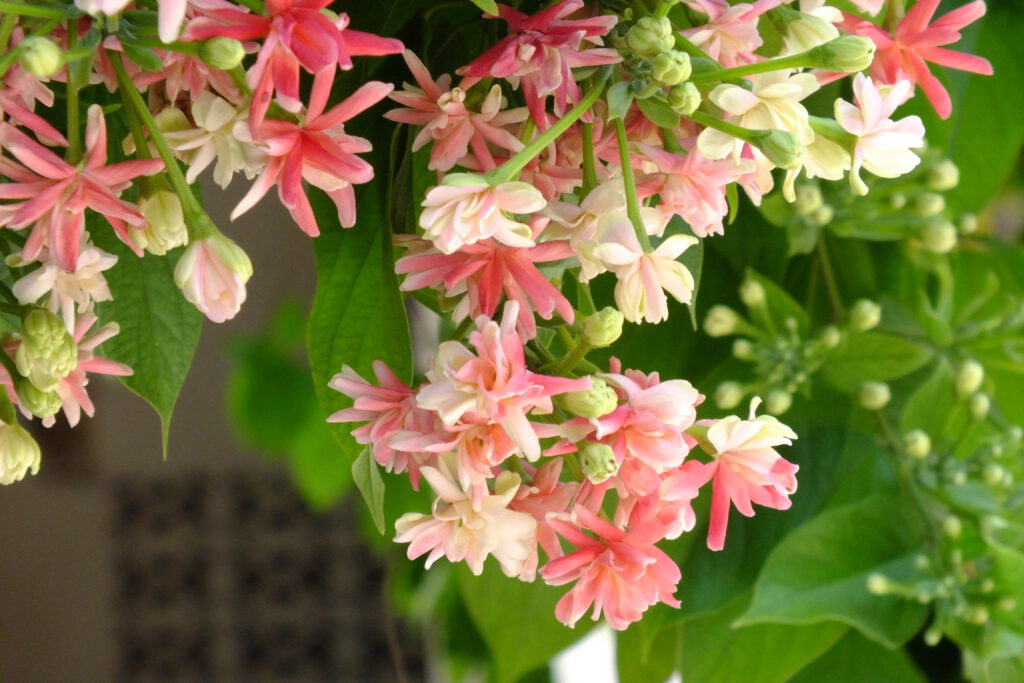
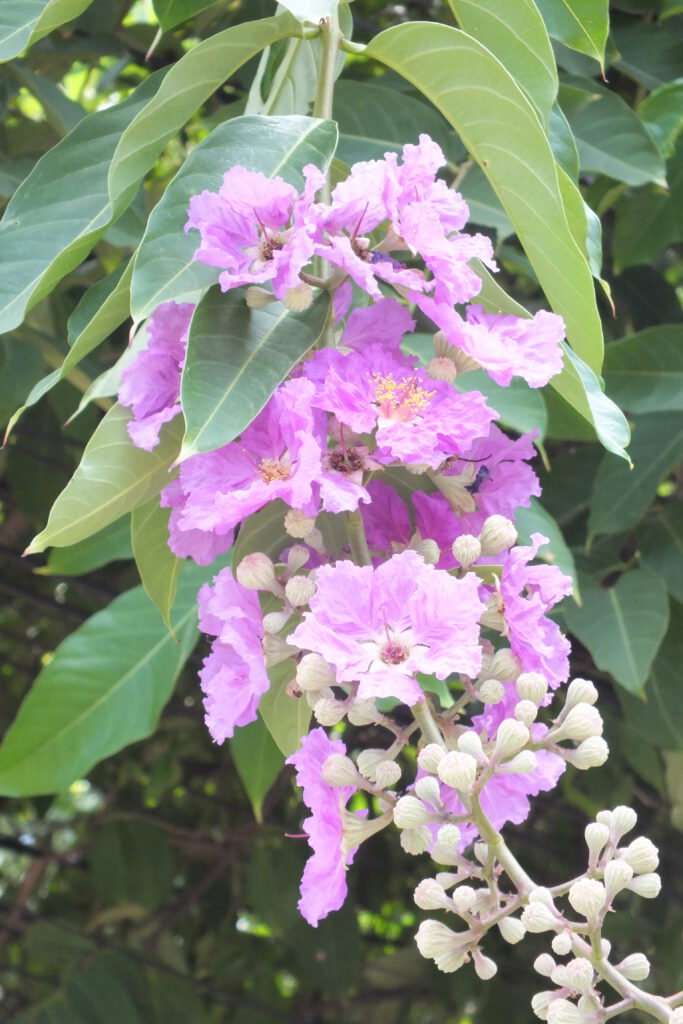
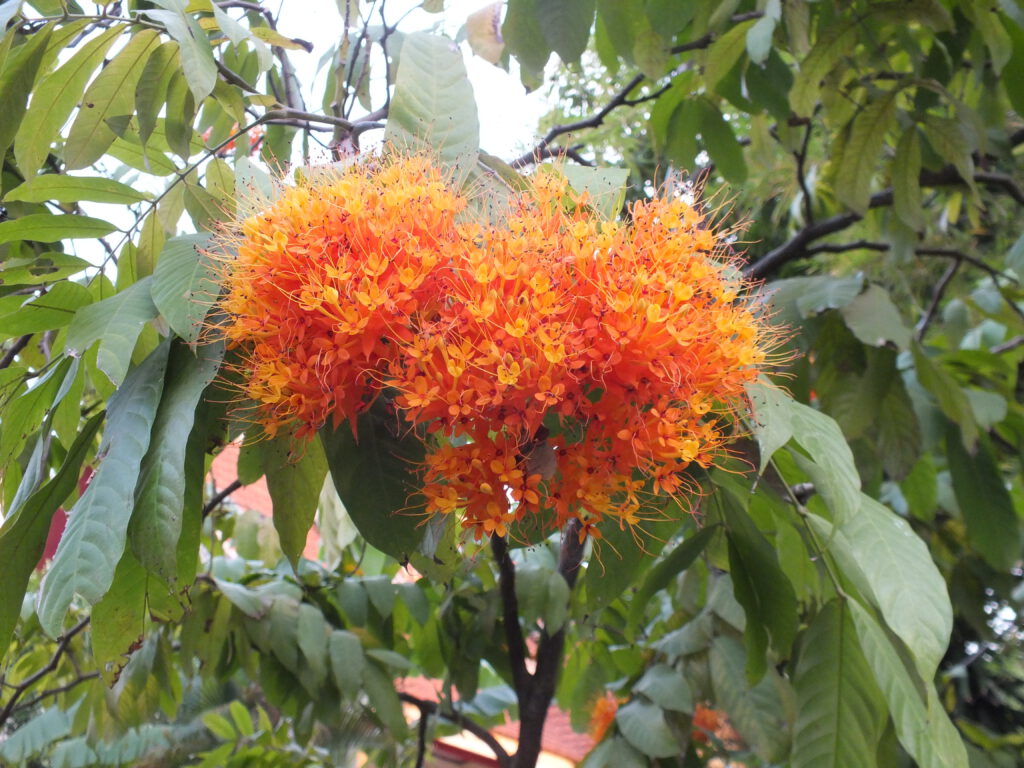
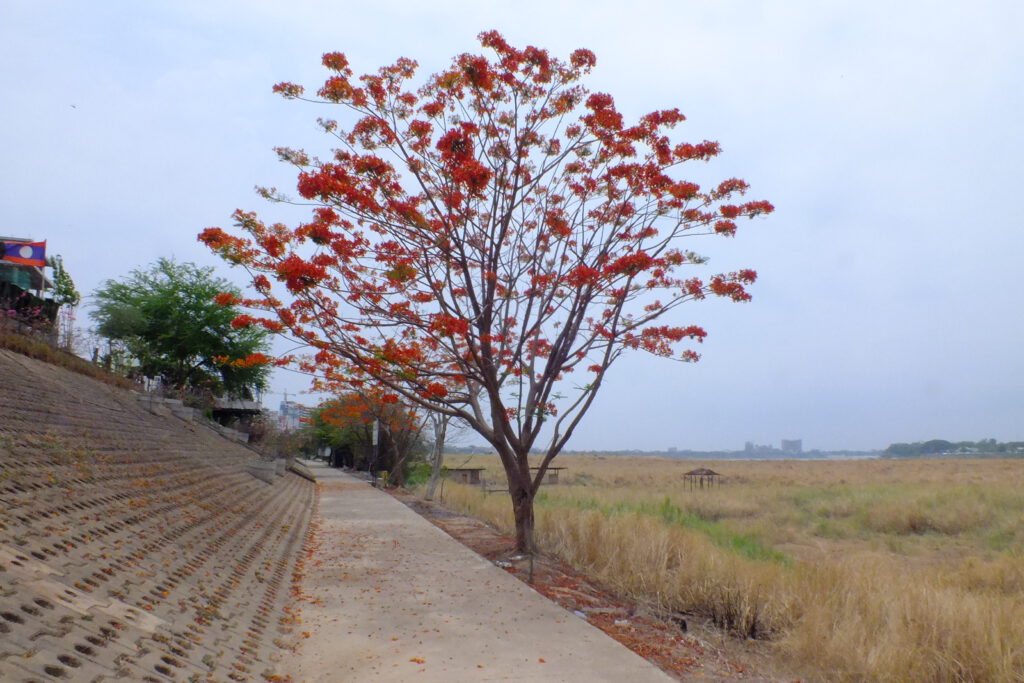
Sakura
Blossoming trees and bushes complemented with flowering perennials. In Laos you will see flowers all year round. Beautiful flowers decorating streets, hill slopes, and gardens perfume the ambient air with natural scents and fragrances. Jasmine, magnolia, mock orange and sweet orange blooms, to name a few, turn your evening strolls into a heavenly delight. Big flowers, small flowers, and blossoms in a myriad of colours. A feeling of Sakura throughout the year.
Nature
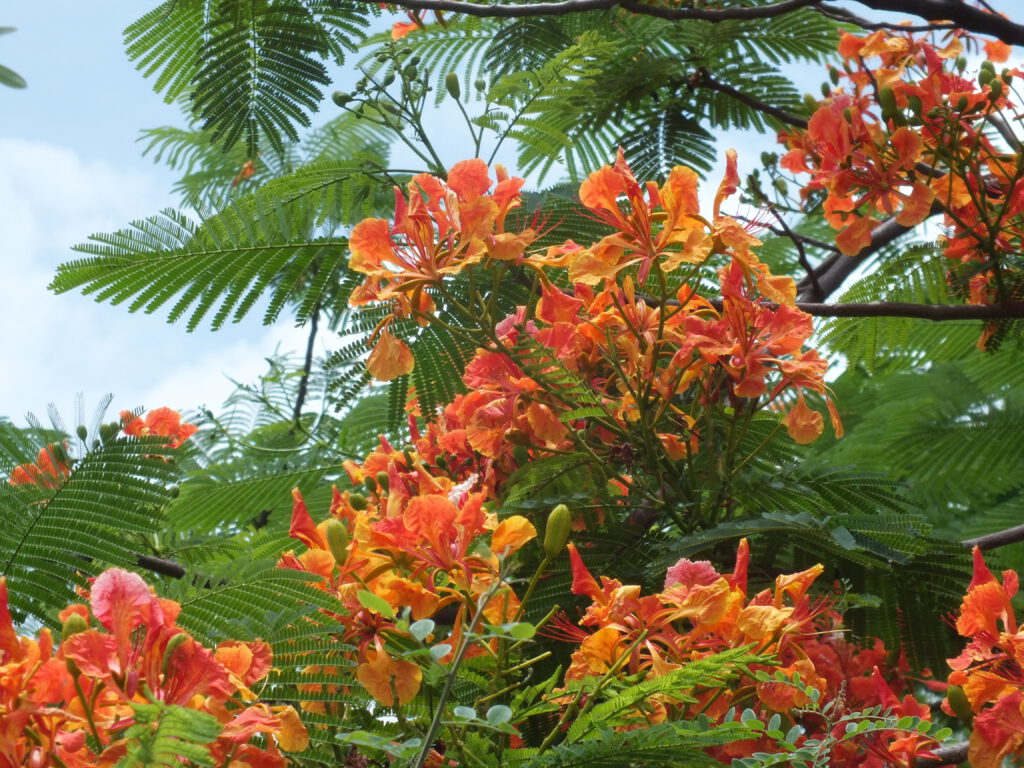
An astounding nature that reflects an amazing biodiversity with many species yet to be discovered. A rich diversity of cultures, peoples, and the folklores of their various communities. That’s also Laos.
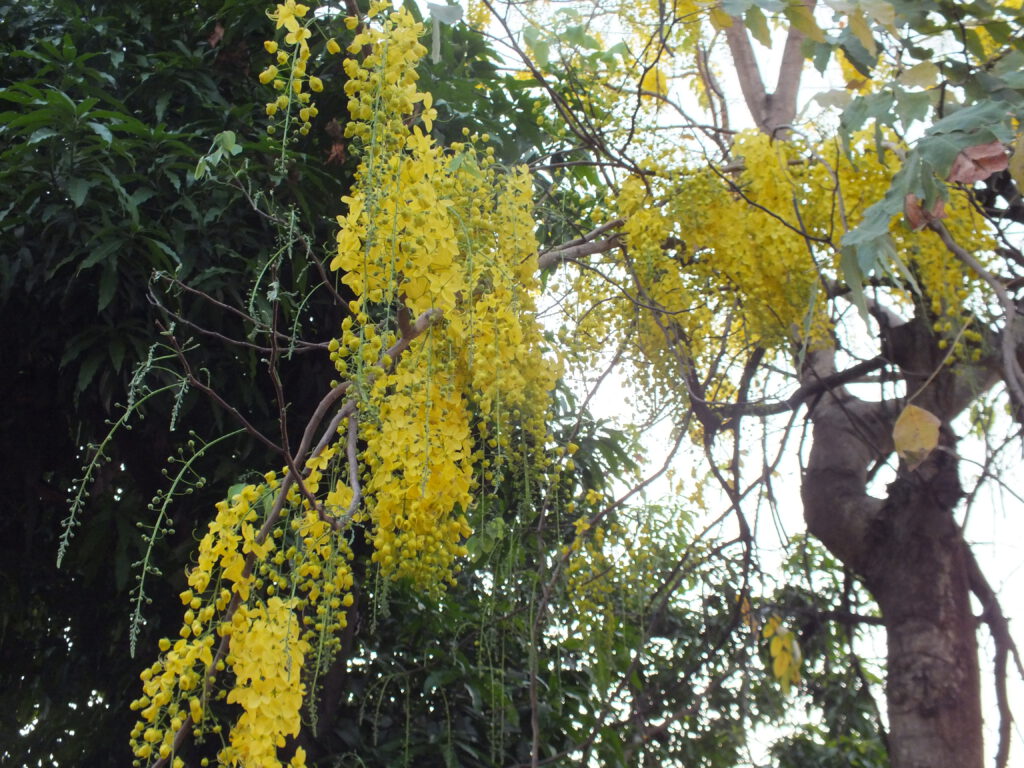
Geography
Laos shares borders with Thailand in the West, China and Burma in the North, Vietnam in the East, and Cambodia in the South. From the north to the south there are 18 provinces stretching along 1,362 km.
Tourism
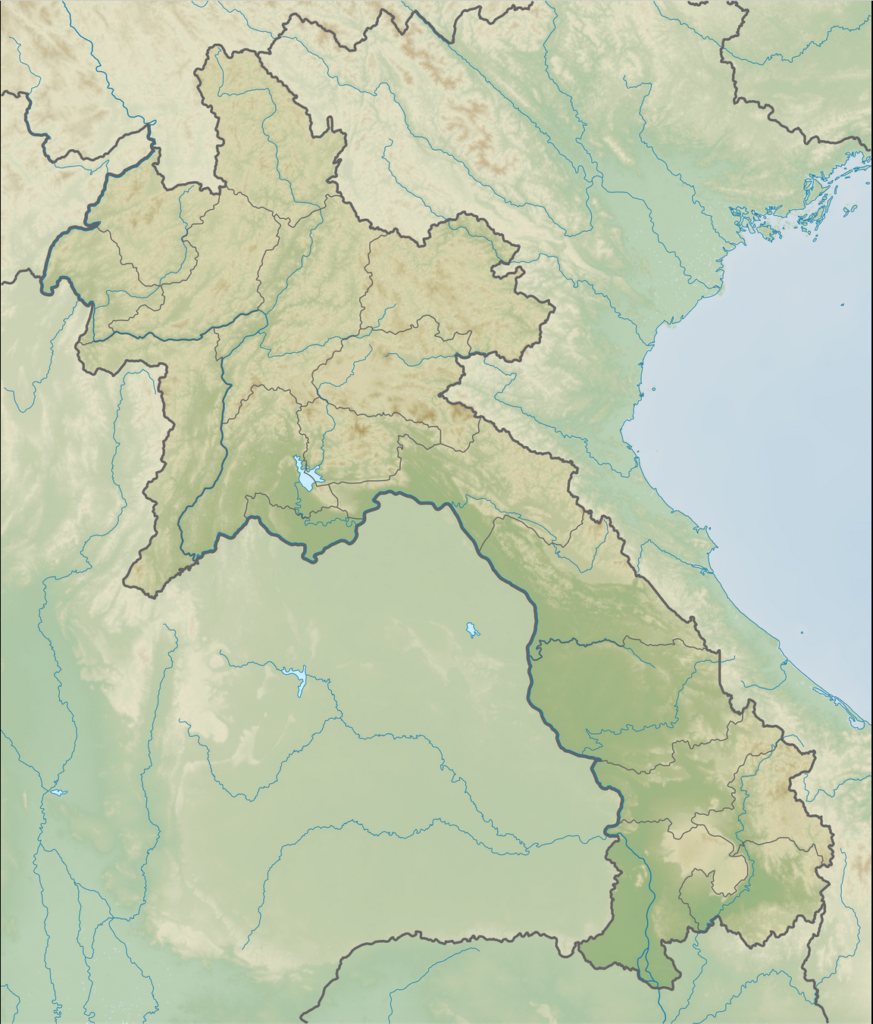
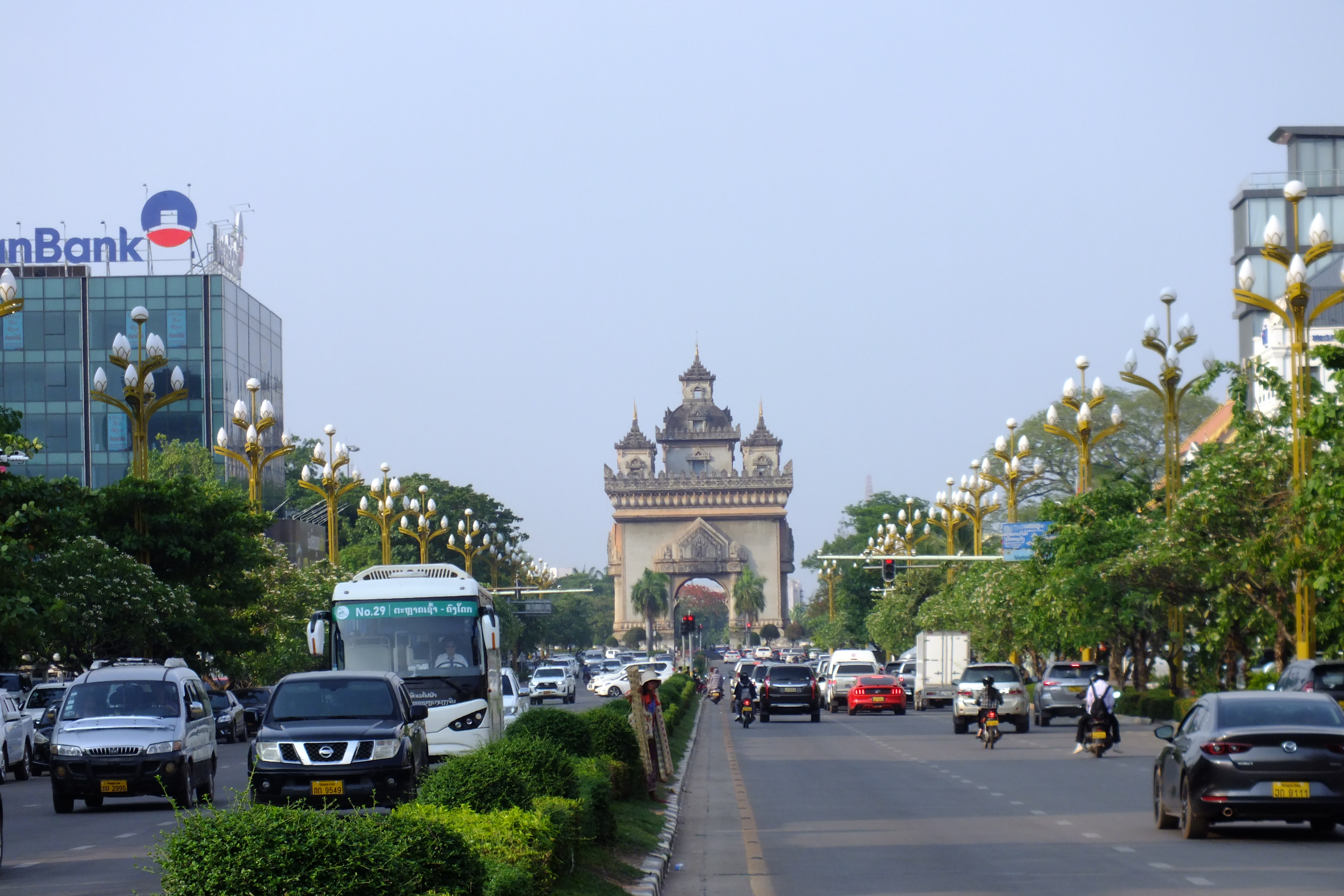
Laos offers many interesting tourist destinations. The capital Vientiane on the Mekong features a victory monument called Patusai — Victory Gate literally — which vaguely resembles the l’Arc de Triomphe in Paris.
Chedis and Temples
The capital is also renowned for its monumental chedis (Buddhist stupas) That Luang (the Golden Chedi) and That Dam (the Black Chedi). Temples remind of Thai temples be it though that they radiate a slightly higher level of finesse. “Same, same but different”, one would say.
Monumental buildings
Much worth a photo shoot is the Embassy of Brunei dar es Salaam with its enticing architectural buildings painted in a soft pastel colour palette of pink and sky blue shades. No, you cannot enter its premises without a proper invitation. Taking pictures from the street side is however easy enough.
Water
Laos is landlocked. So, no seashores. No scarcity of natural waters though. From the magnificent Mekong to large lakes, and mysterious streams disappearing into enchanting caves, Laos has it all.
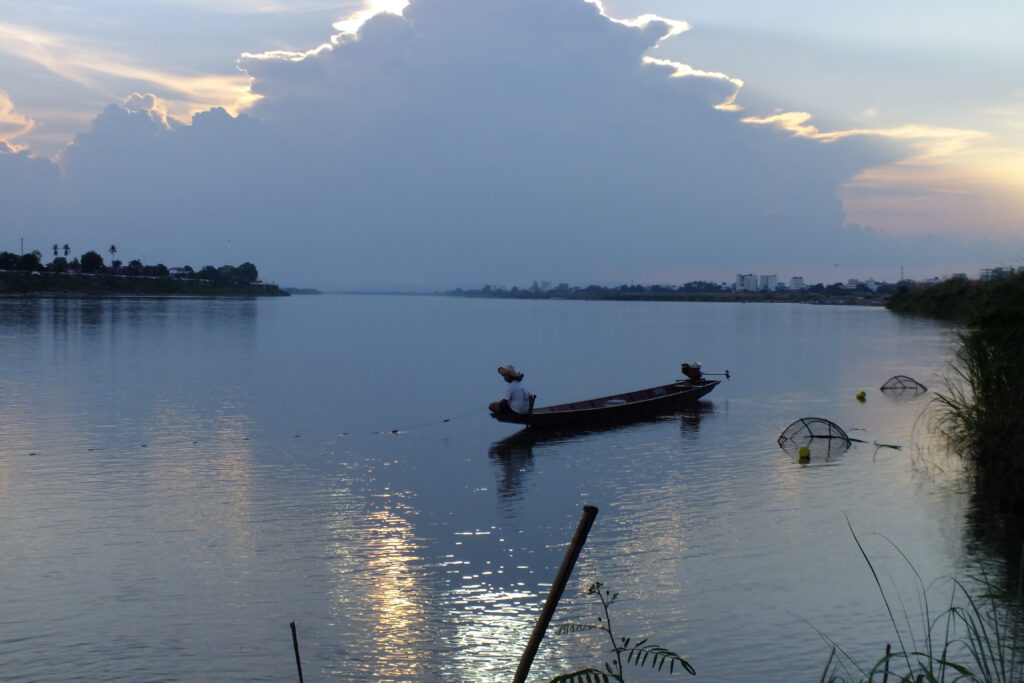
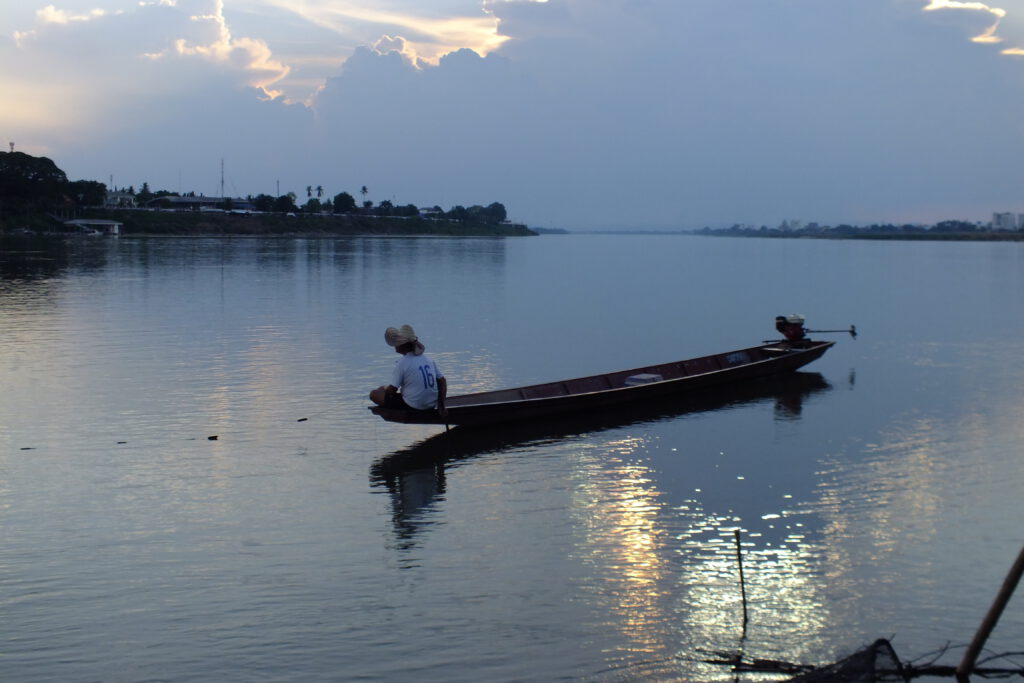
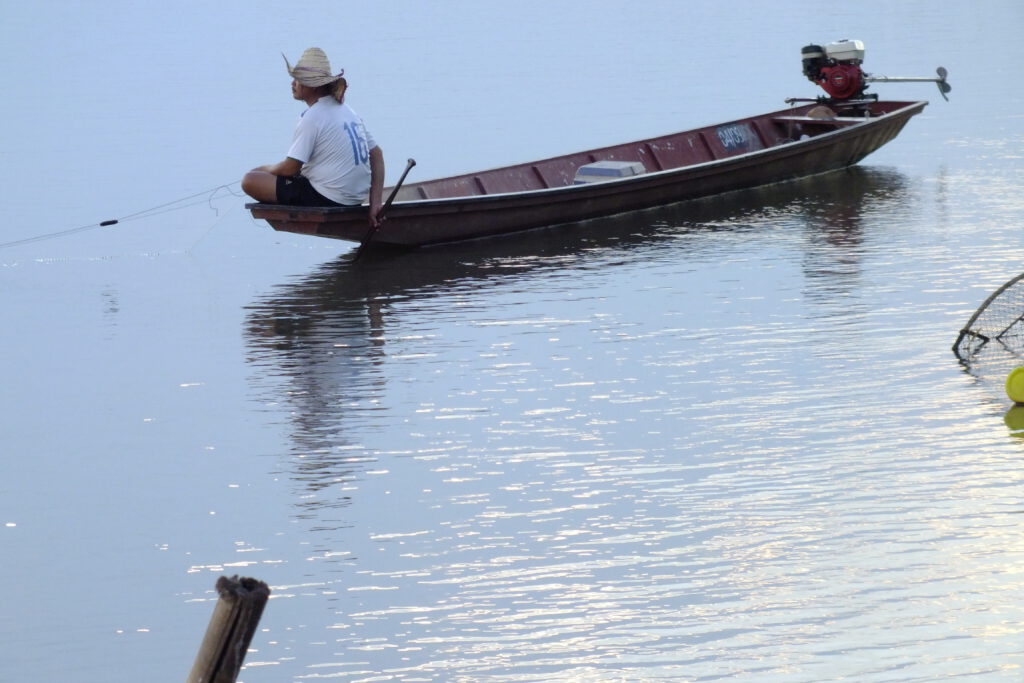
The North
The North features places like Vang Vien with it’s mysterious caves of which some are still waiting to be fully explored. Tam Pou Kham cave for instance and the world famous water cave Tham Chang. Then there is Nam Song river — one of the many tributaries to the MeKong river. An excellent place to relax whenever you feel overwhelmed with the magnificent scenery of the North. Nam Song river is a popular tourist destination and the road leading to it offers many view points. Ideal for selfie addicts who want to indulge in becoming part of the magnificent scenery. You will also discover spots that will add lustre to professional photo shoots.
Plane of Jars
Then there is the Plane of Jars. An enigmatic place with ancient jars in various sizes covering large plots of land. Only a small part is accessible while the rest of the plane is littered with unexploded ordnance and landmines that still need to be cleared.
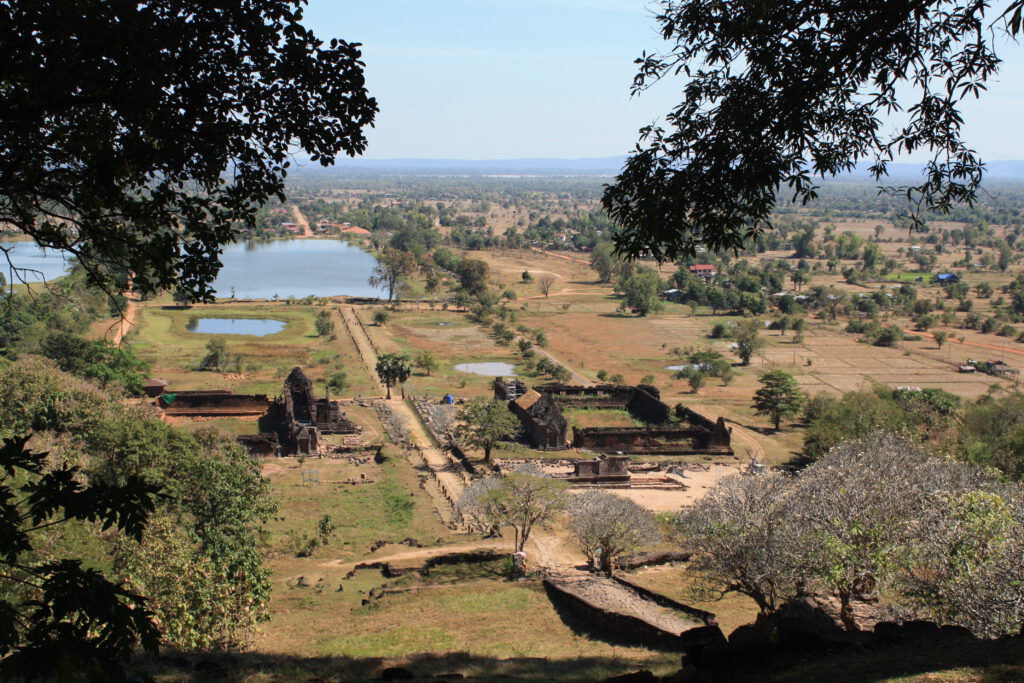
Vat Phou and the Bolaven Plateau
Travelling to Champasak province In the South, places you definitely should not miss out on are the ancient Vat Phou temple and the Bolaven Plateau.
Additional reading
An ancient temple in Laos which rivals Angkor Wat [National Geographic]
Pakse
How about a Waterfall trek in Pakse including the Zip Line Experience at Tad Fane Waterfall? Then make sure not to miss out on the largest waterfall in South East Asia as well; the Khorepahphong waterfall. You will love to show your friends on social media that you have been there.
Pakse district has the best coffee to be found in Laos. Tourists often buy a number of packs to take home as a souvenir.
Khammouane Province
Let’s continue and visit Phu Pha Marn. A leading tourist attraction in Khammouane Province.
Savannakhet
Some more top attractions to visit in Savannakhet province are: That Ing Hang, the Savannakhet Dinosaur Museum, and Vat Xayaphoum temple.
A nation united in diversity. That’s Laos.
[This essay is a work in progress.
It’s going to be longer while more pictures will be added.]
Content partially provided by Ms Ai (Oulayvanh Vayyakone) as part of an assignment by teacher Walter to write an essay on Laos … Land of flowers … Land of diversity [April 2024]
3 responses to “Laos …”
-
I was hooked by this article’s engaging writing style!
The site consistently provides excellent content. -
After looking at a nmber of the articles on your web page, I seriously like your way of blogging.
I saved as a faavorite itt to my bookmark webpage list
and will be checking back soon. Please visit my website aas well and tell me how you feel. -
Hi my friend! I want to say that this article is awesome, nice written and come with almost all vital infos.
I’d like to see more posts like this .
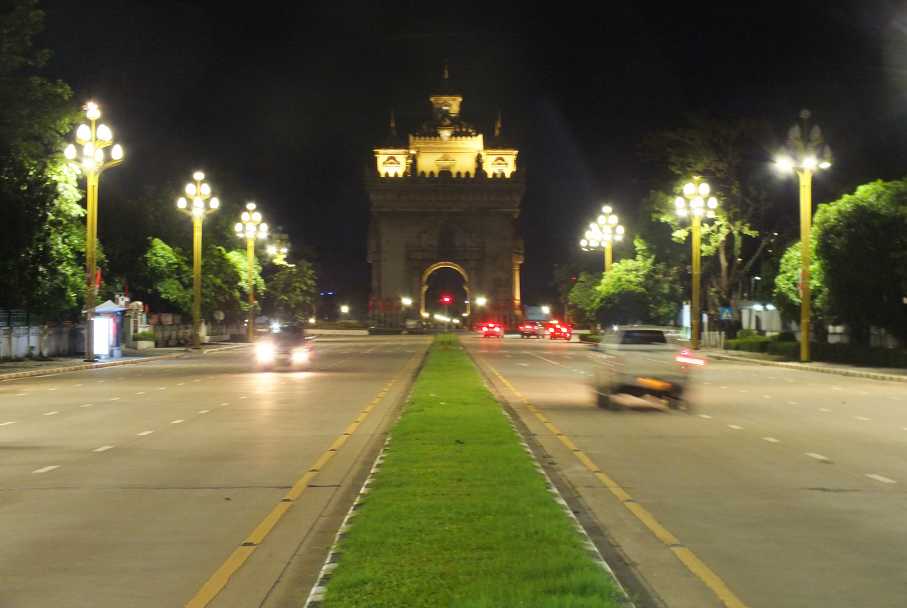
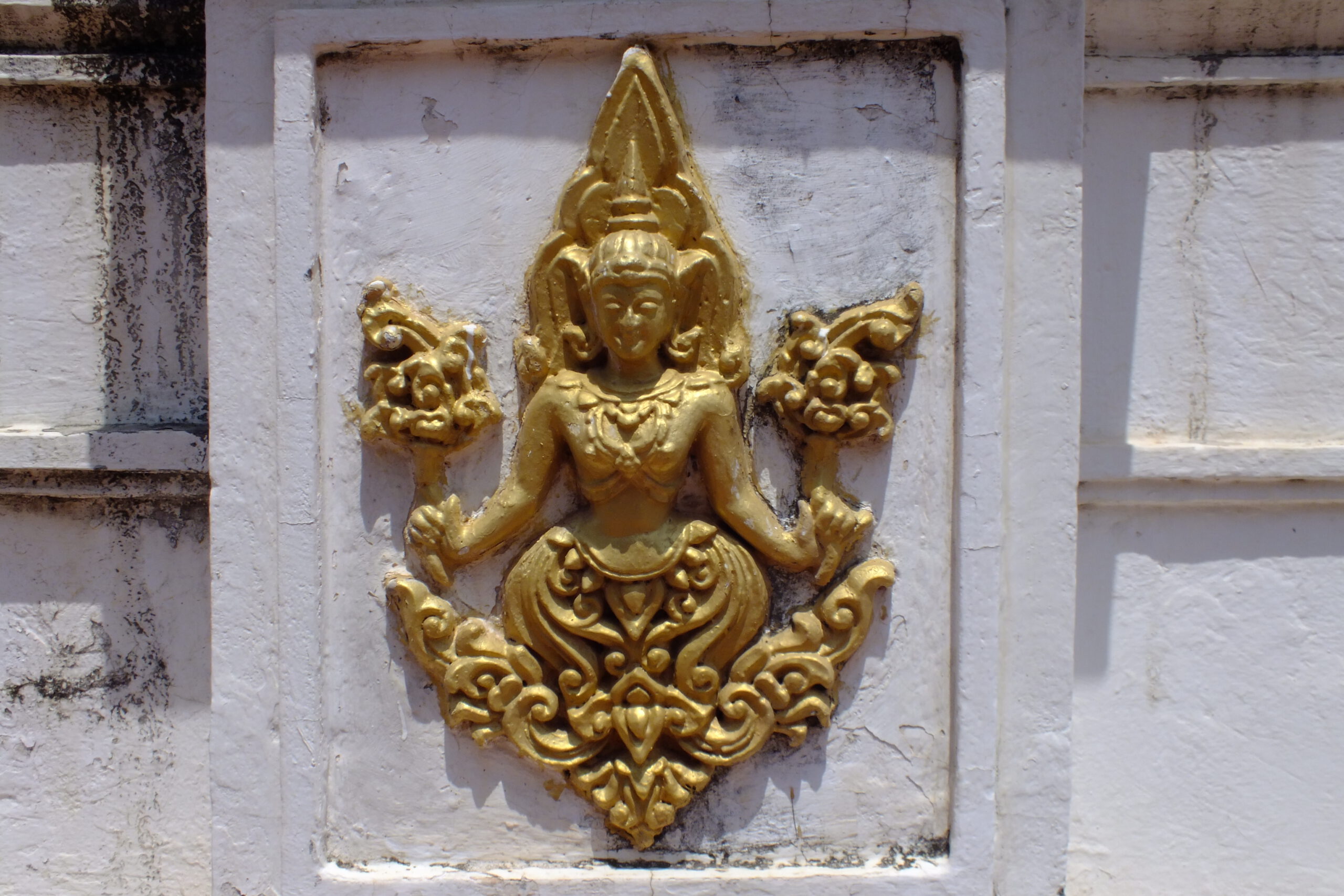

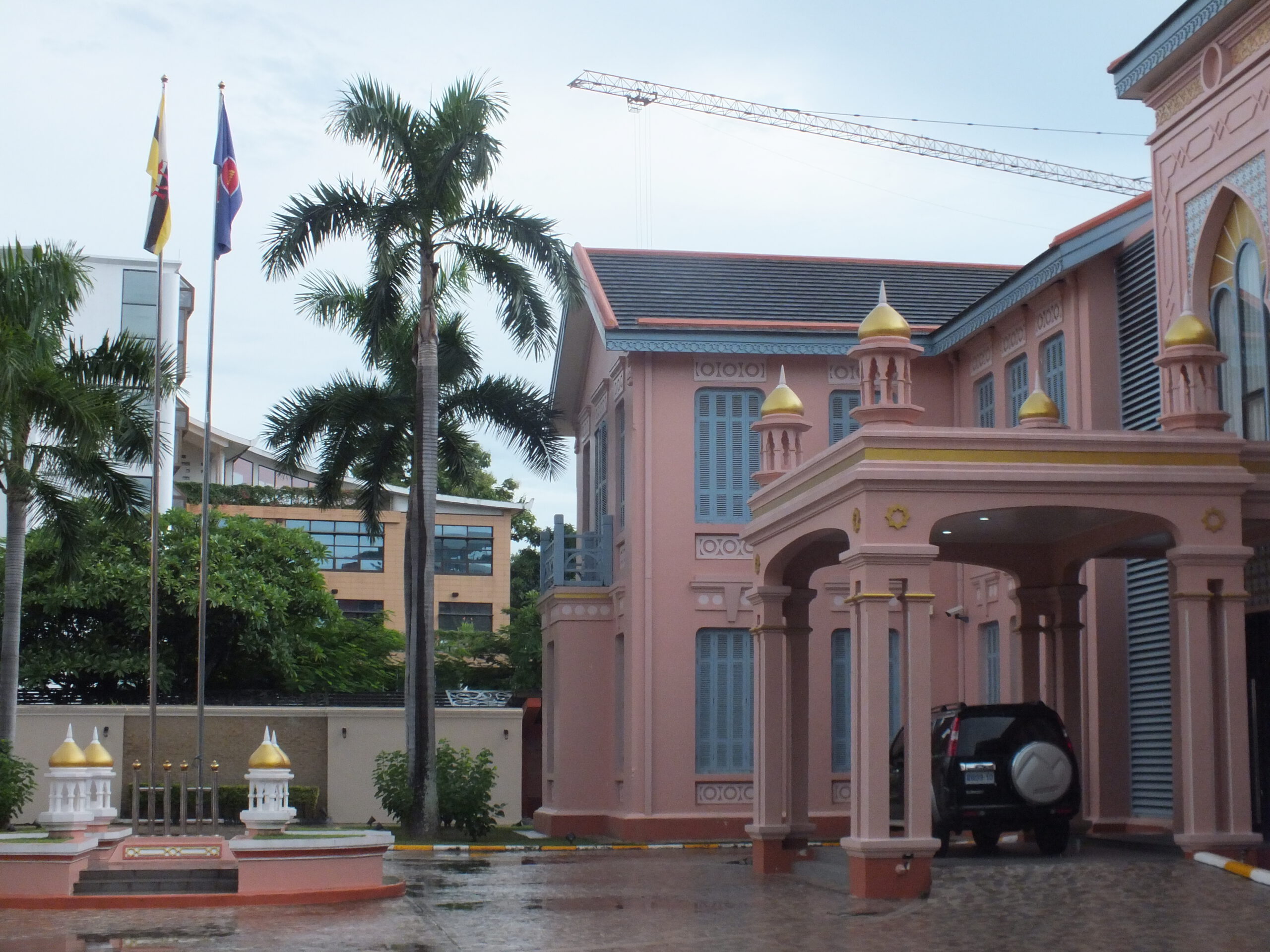
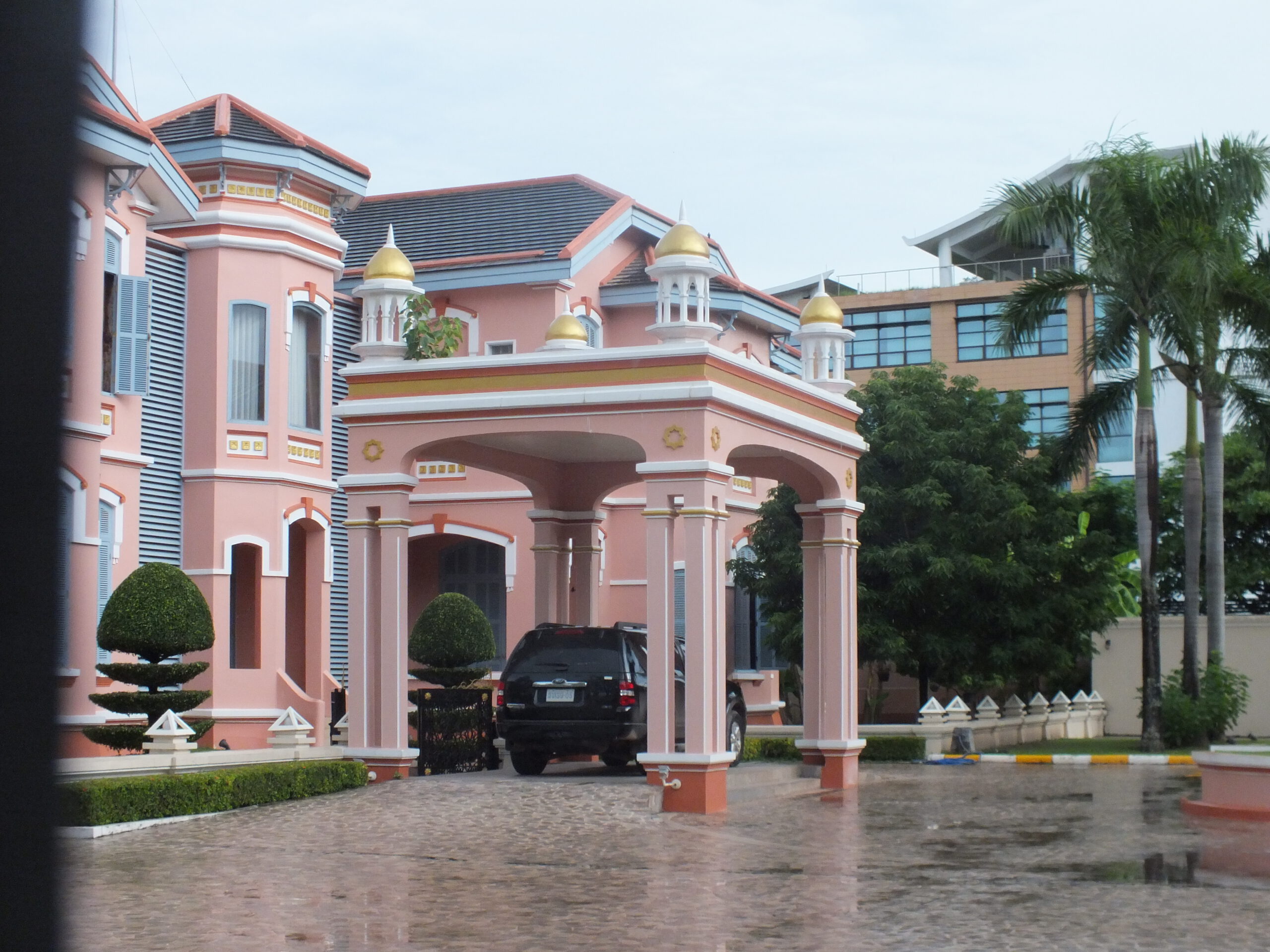
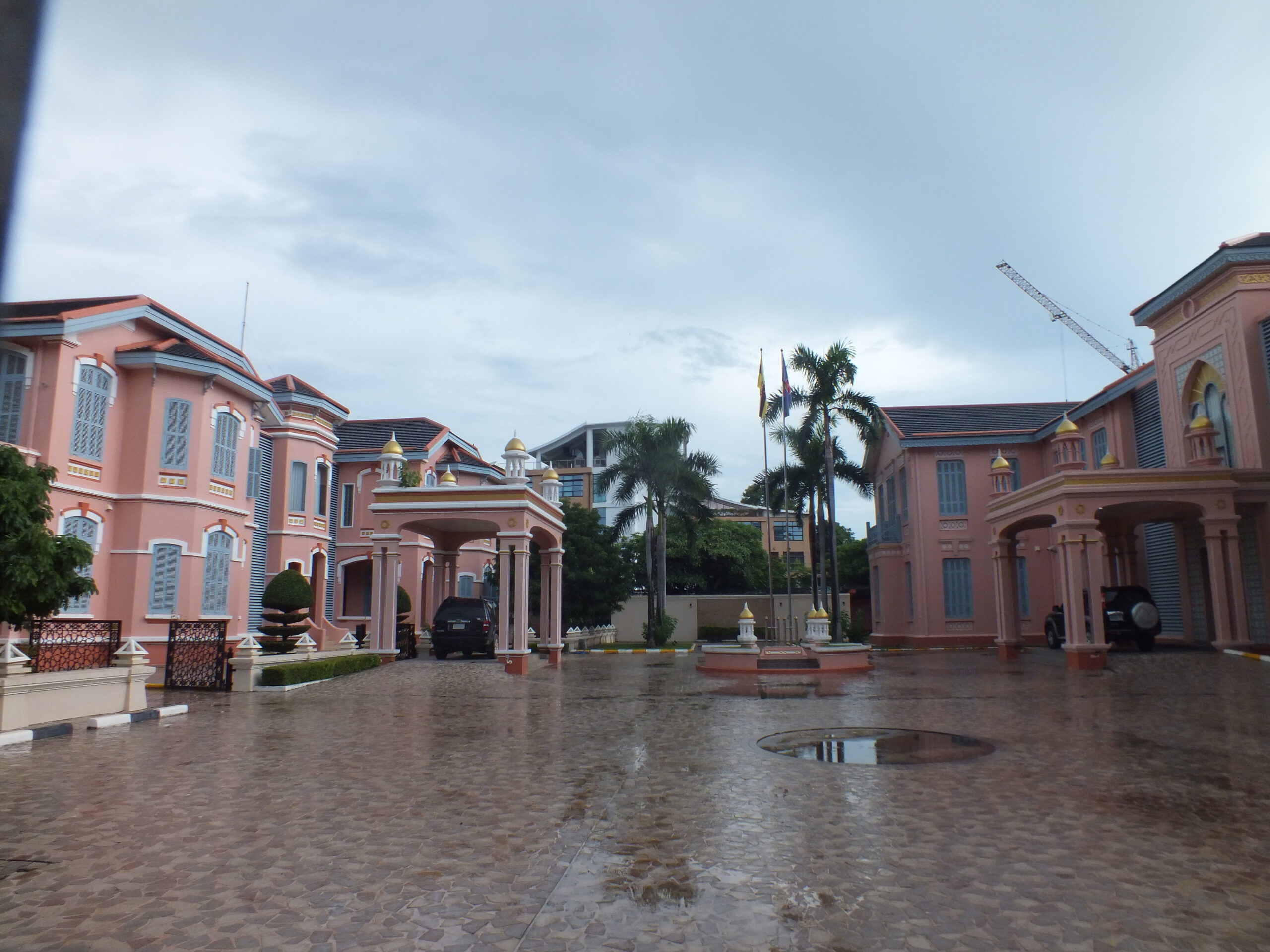
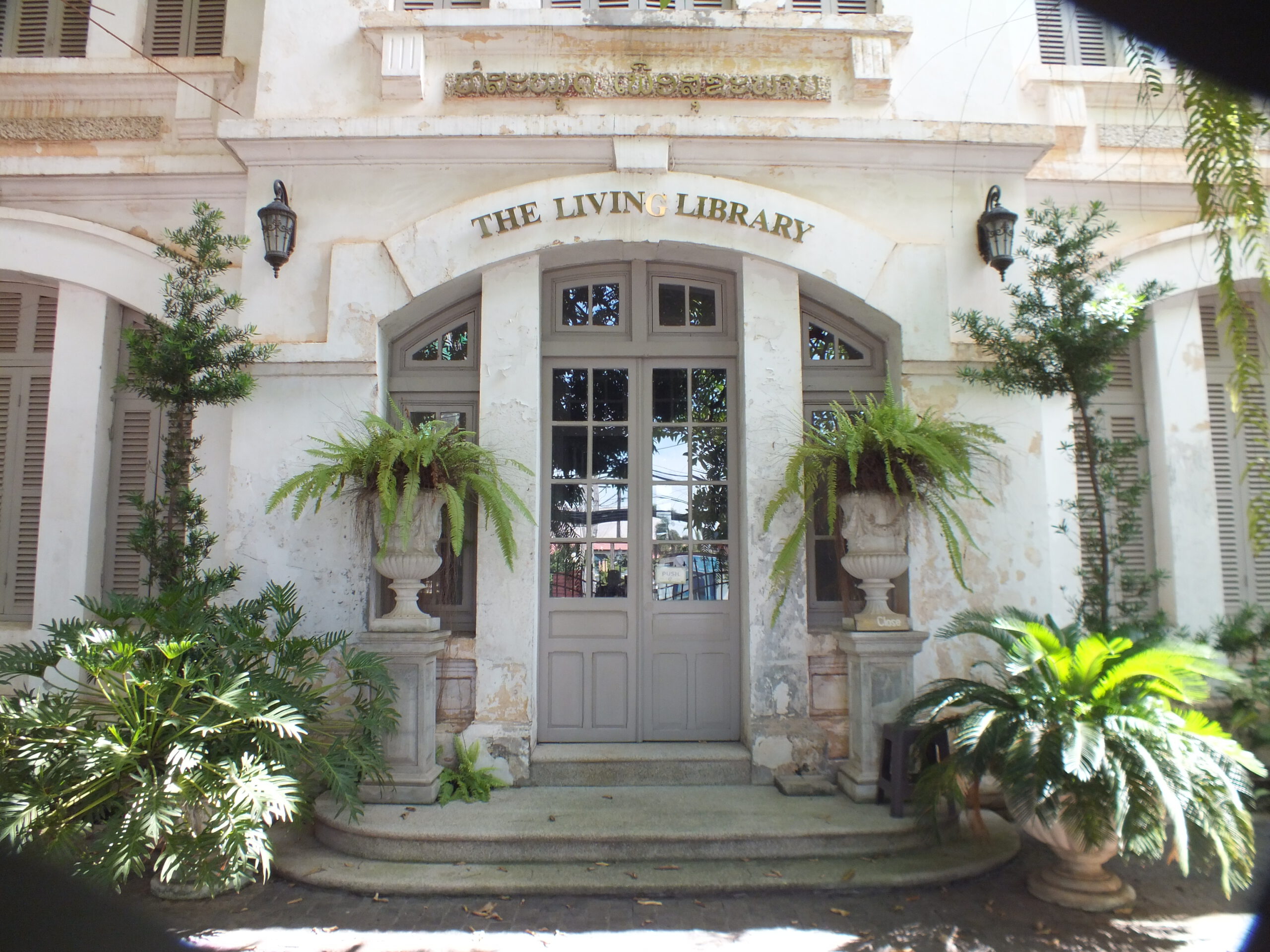
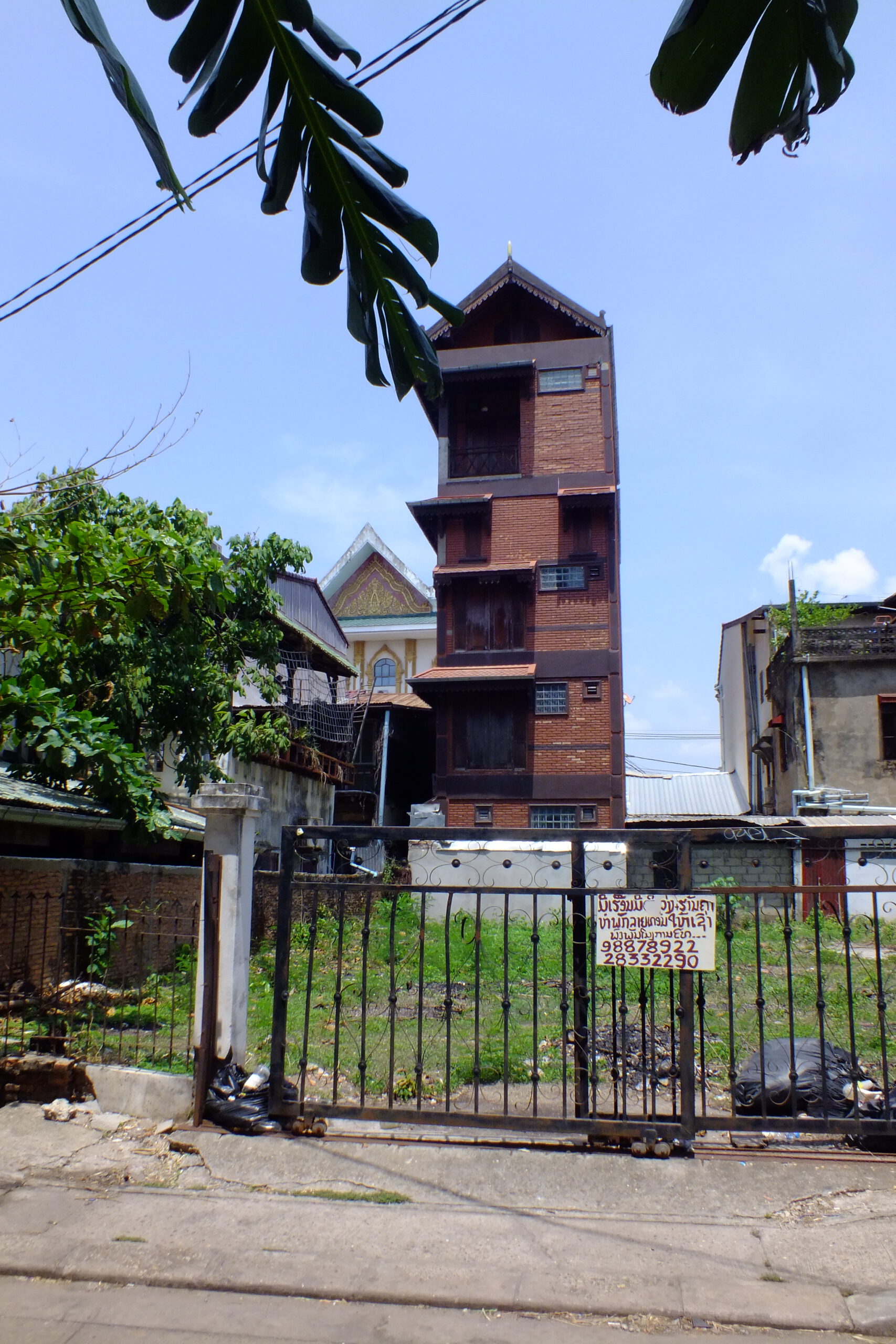
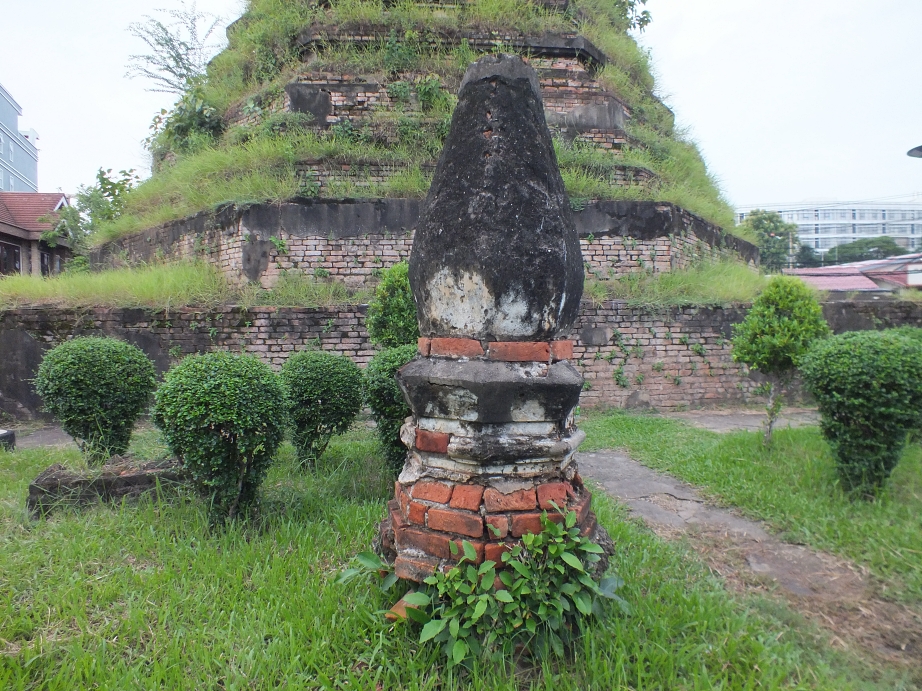
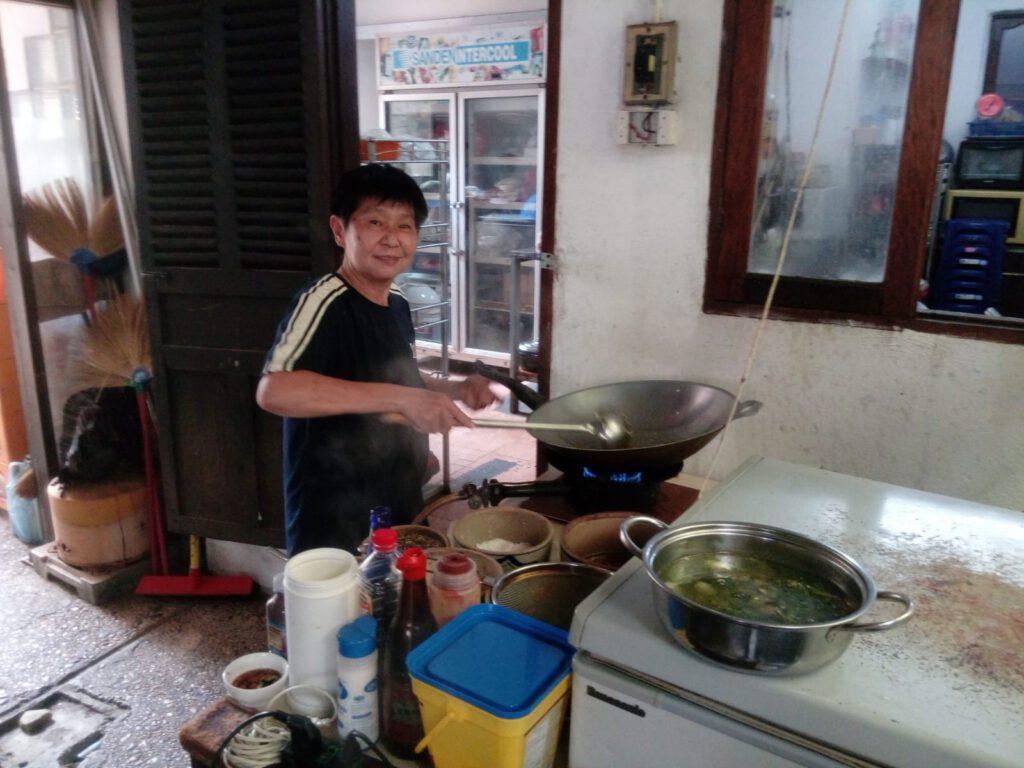
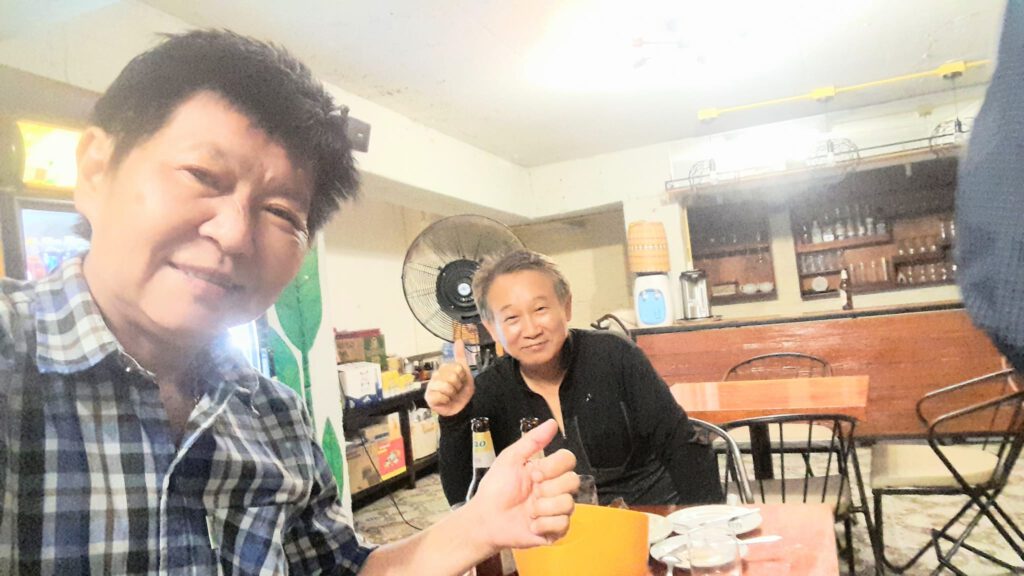
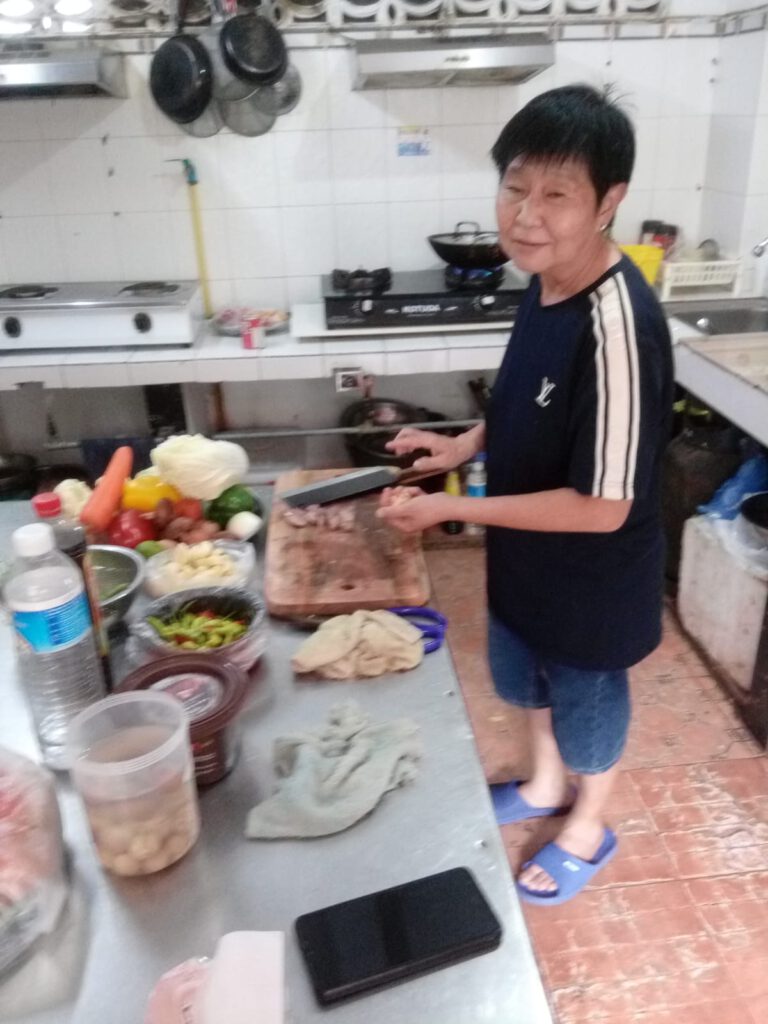
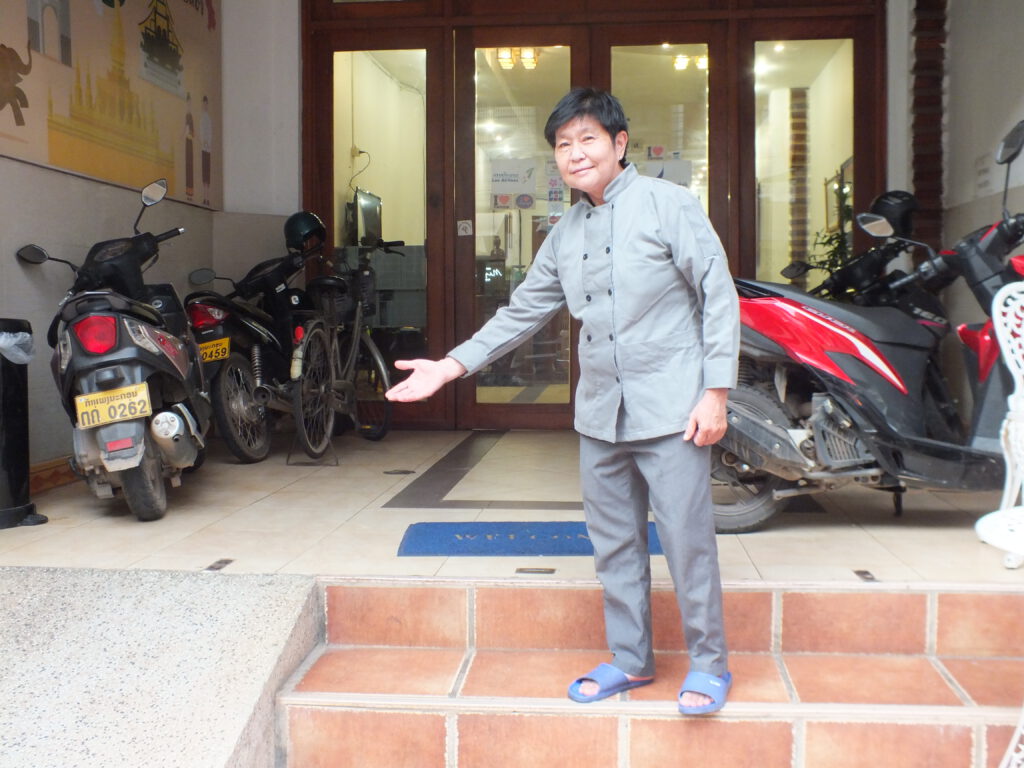
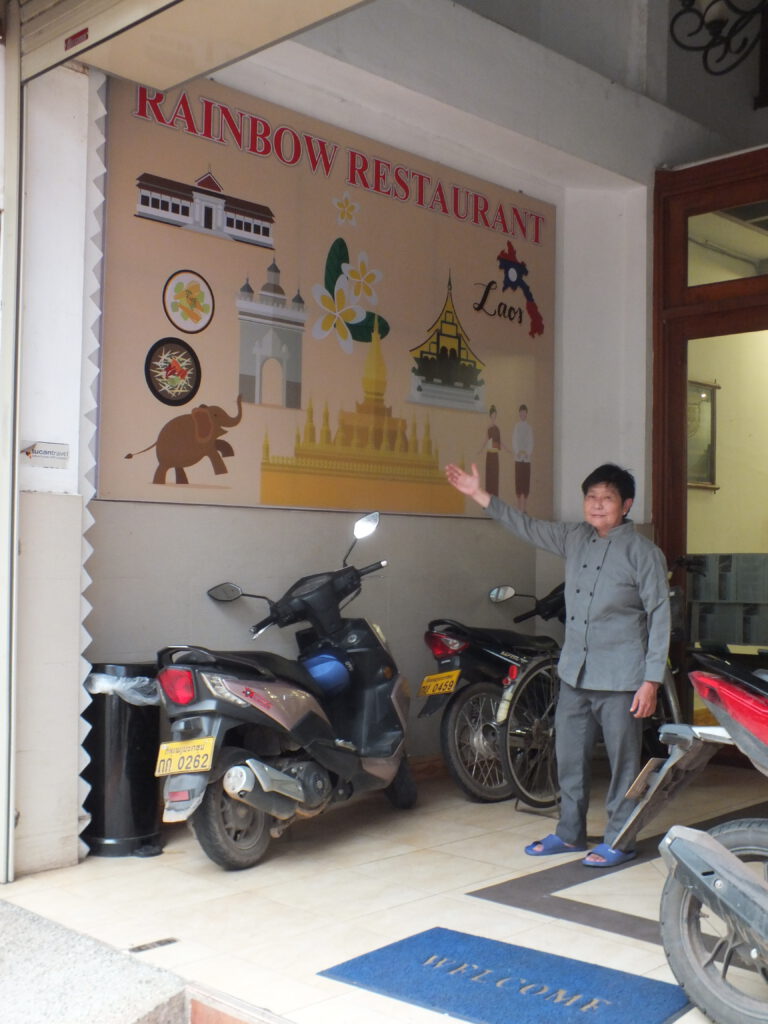
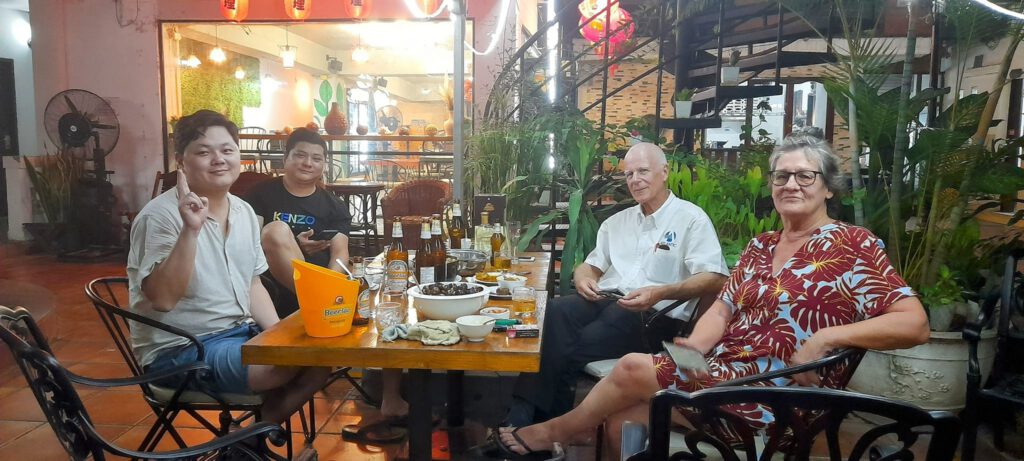
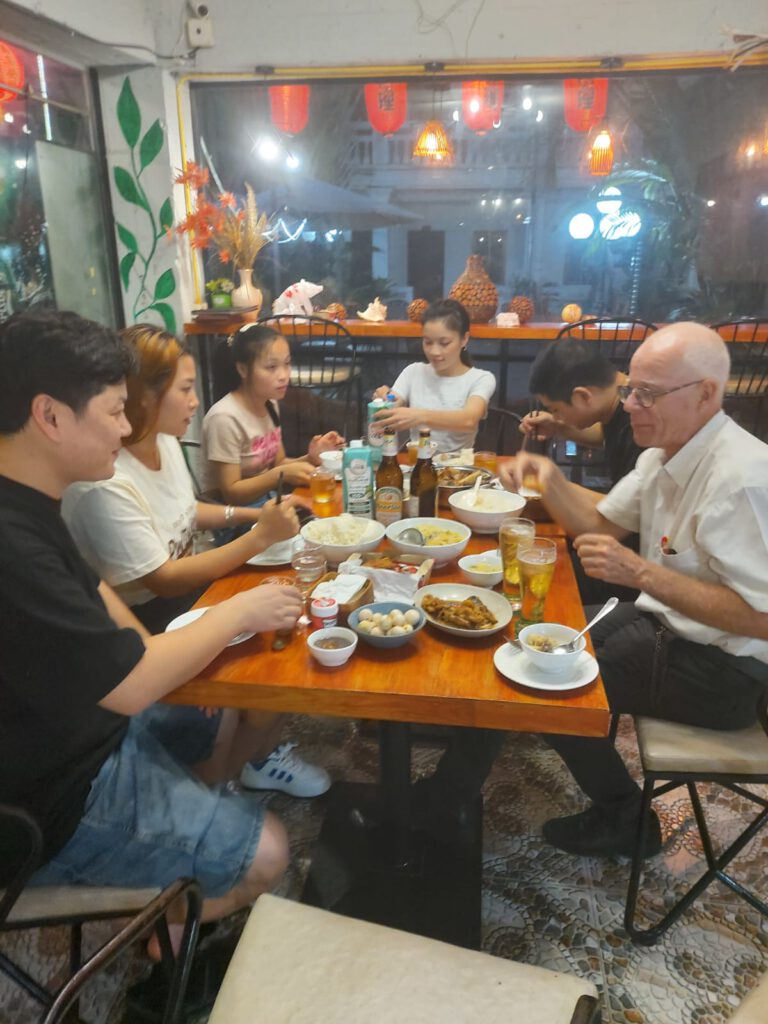
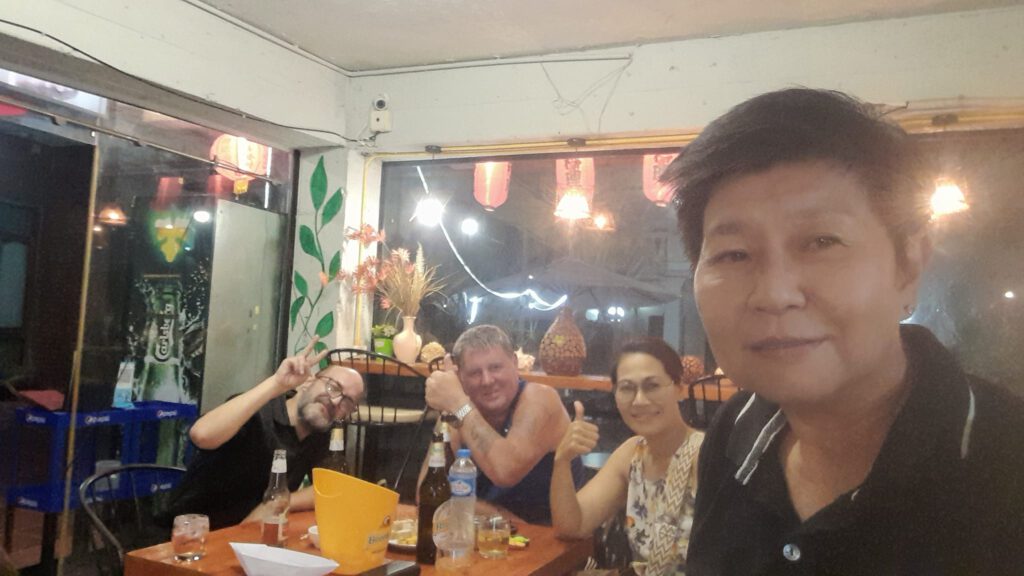
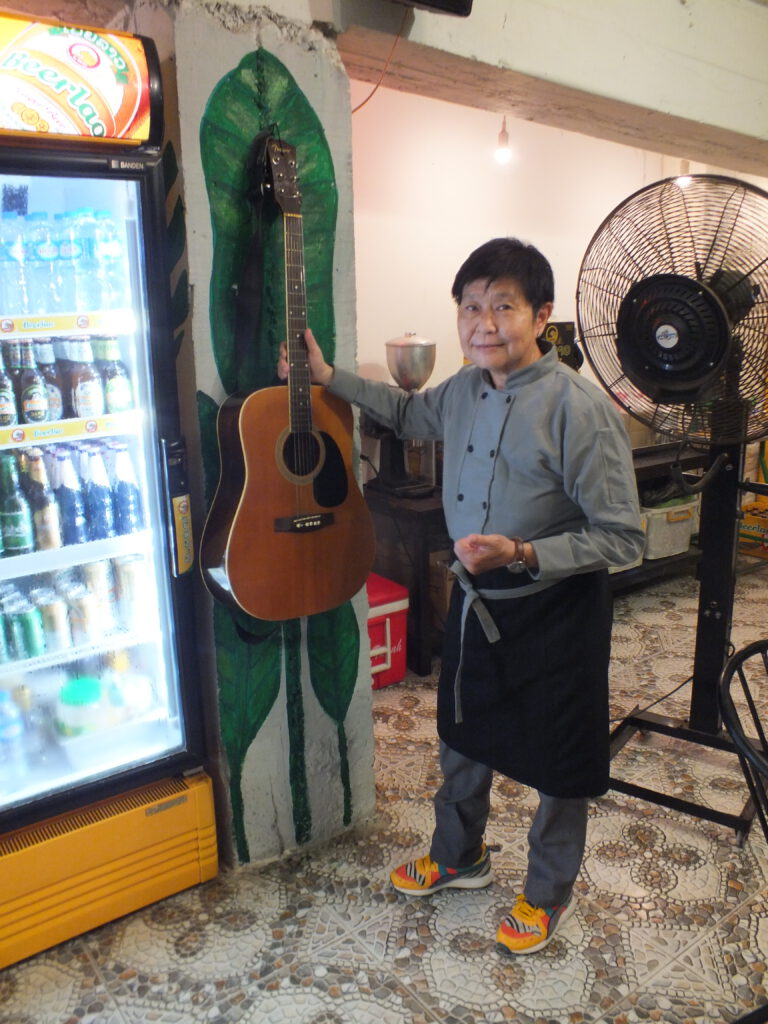
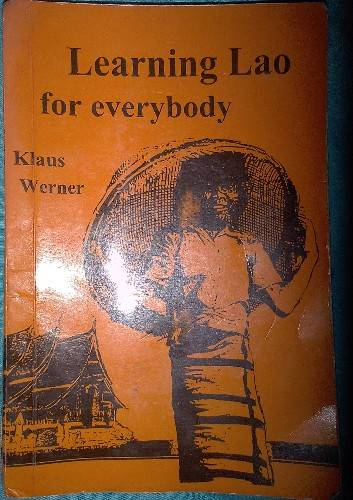
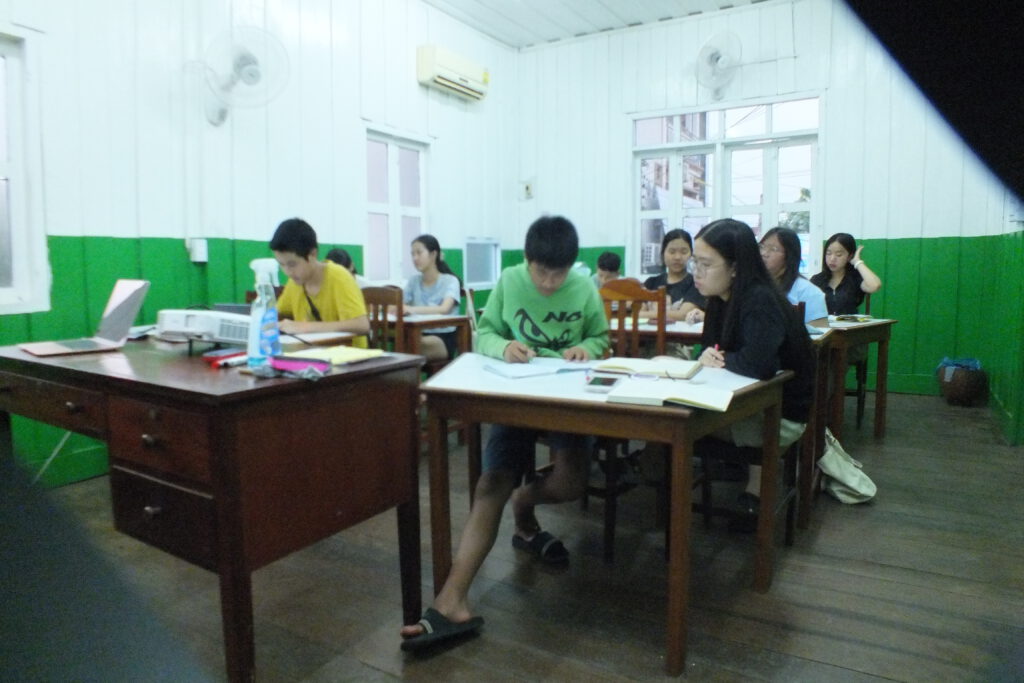
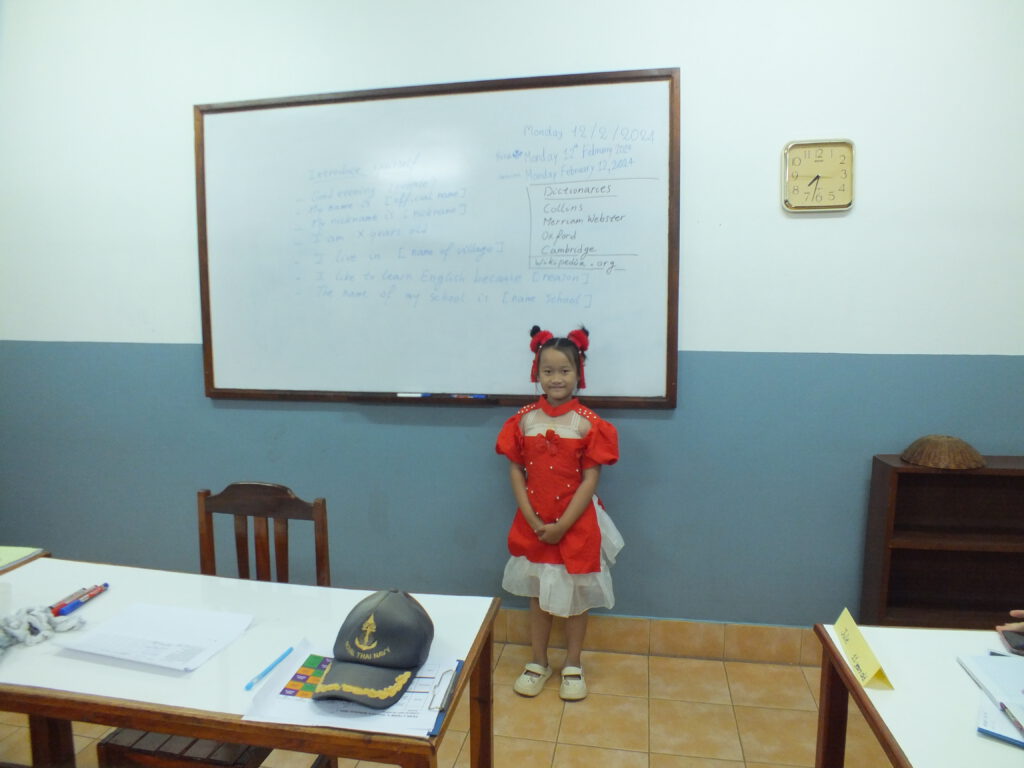
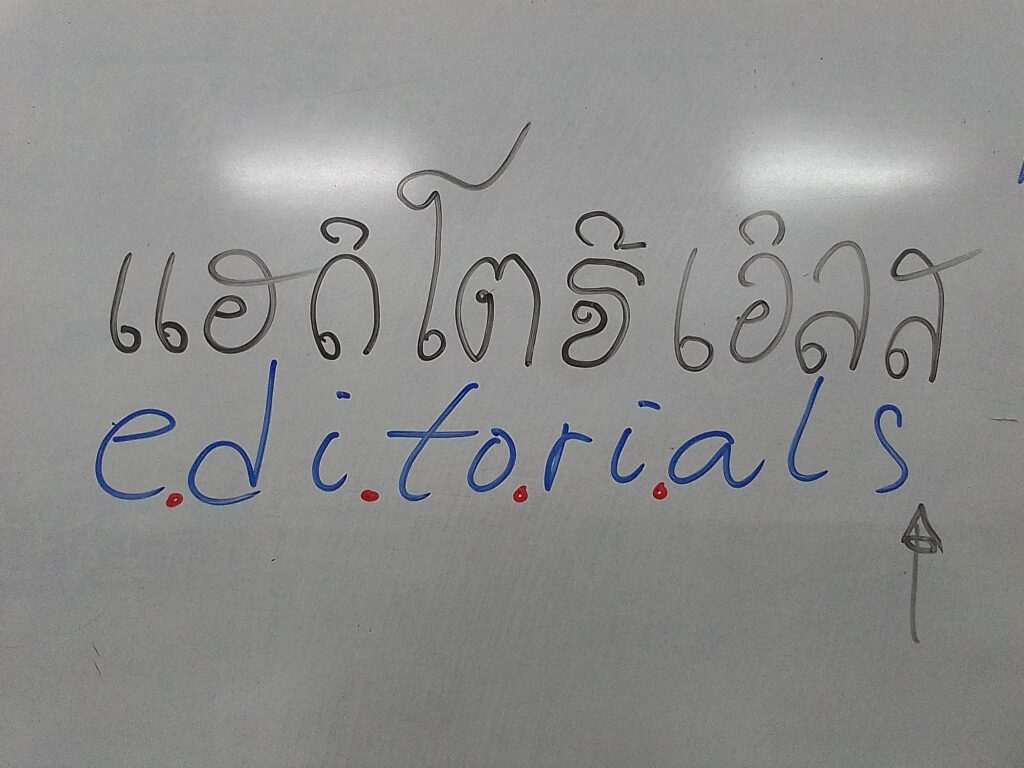
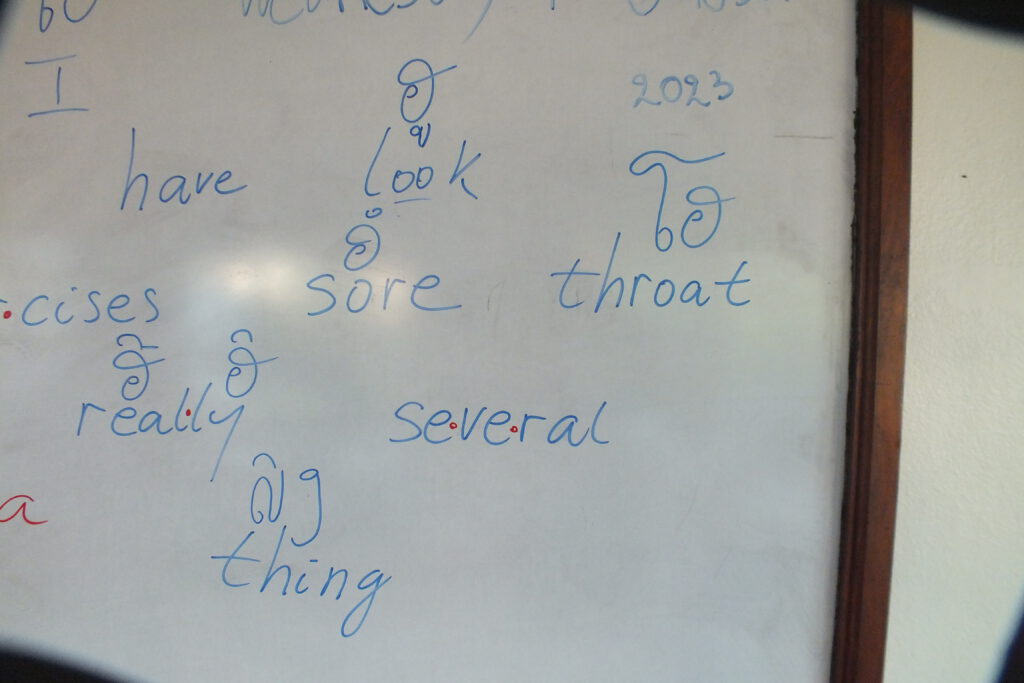

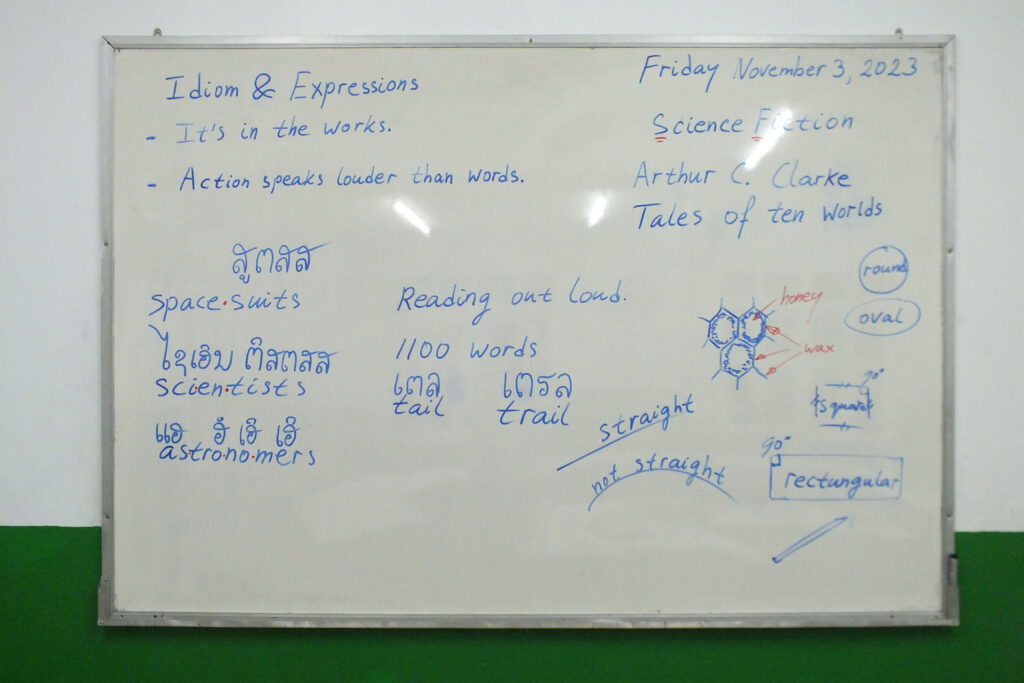

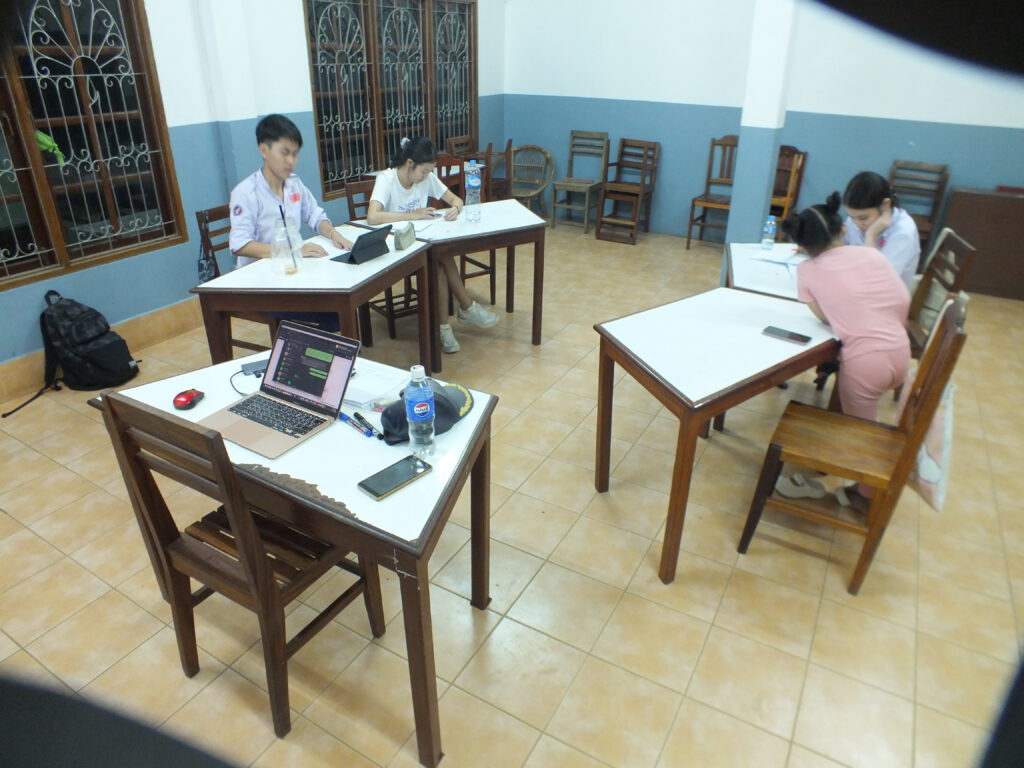
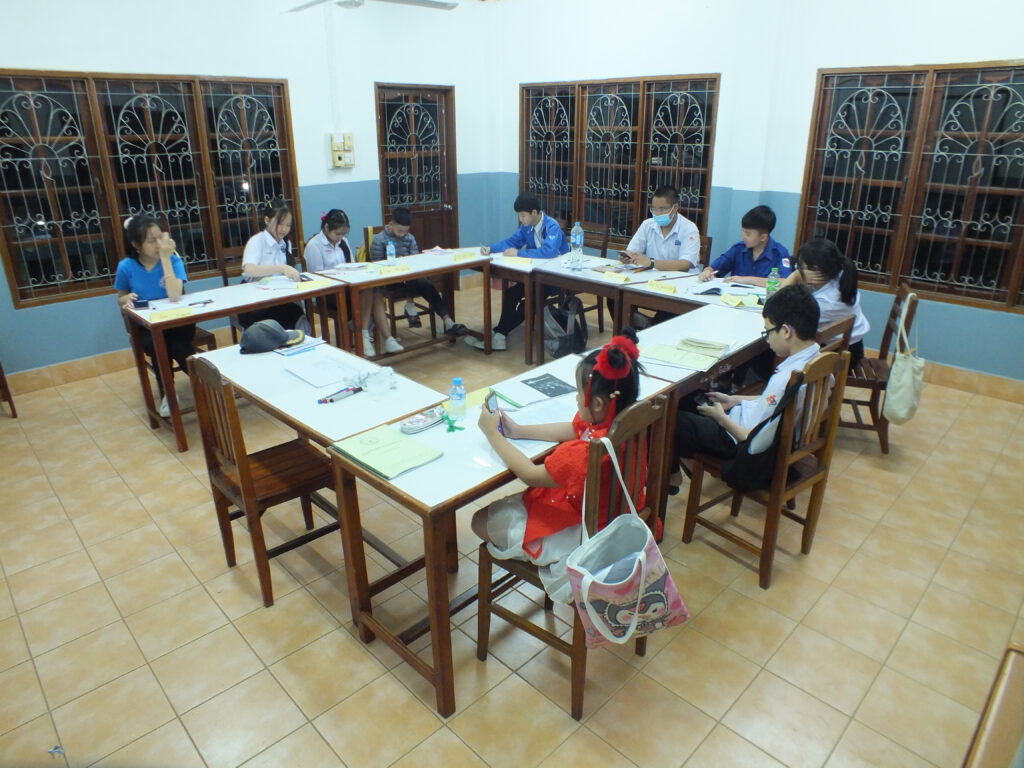
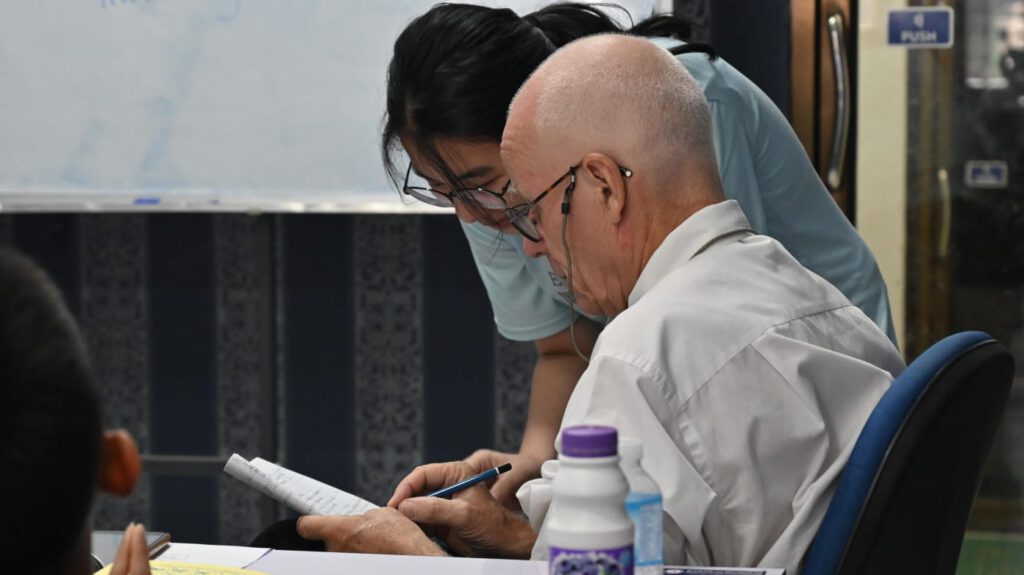

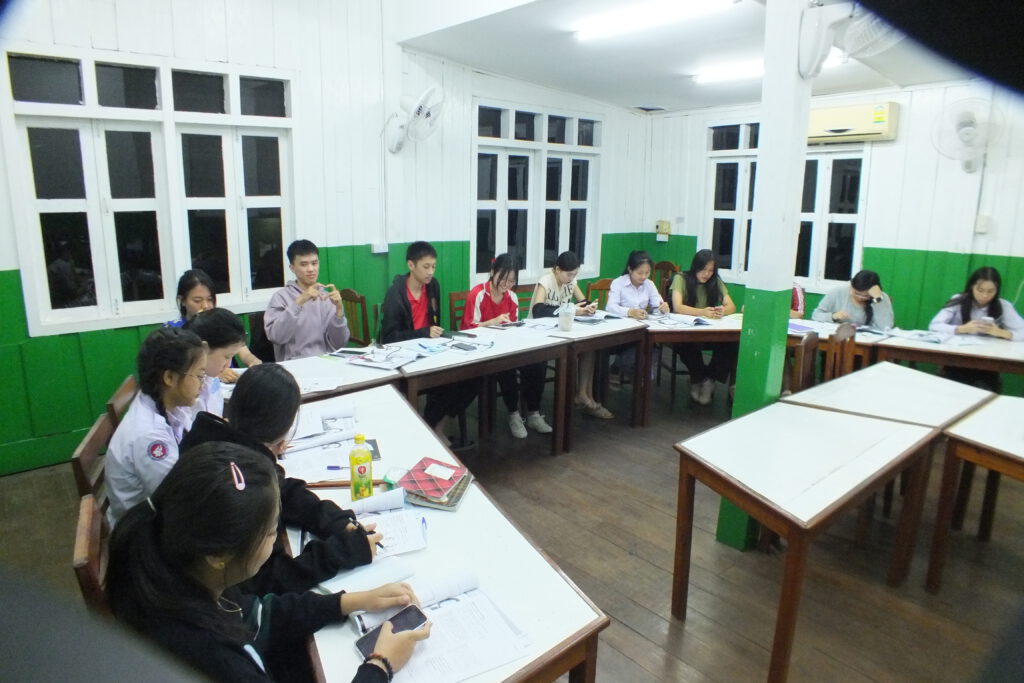

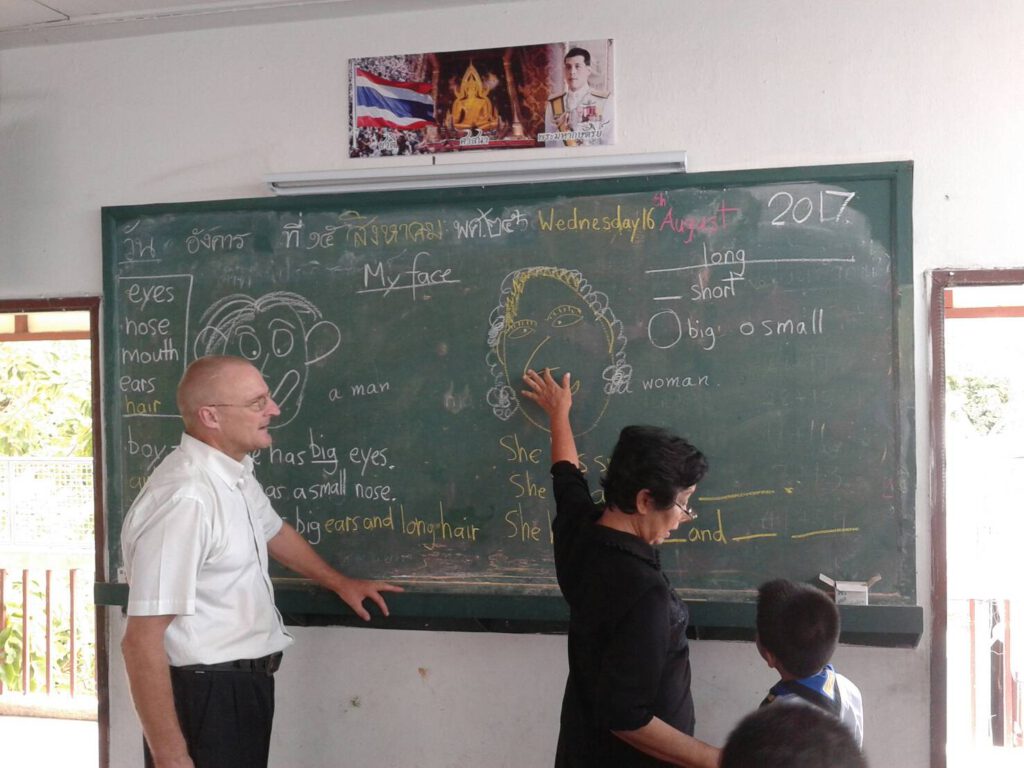
Leave a Reply